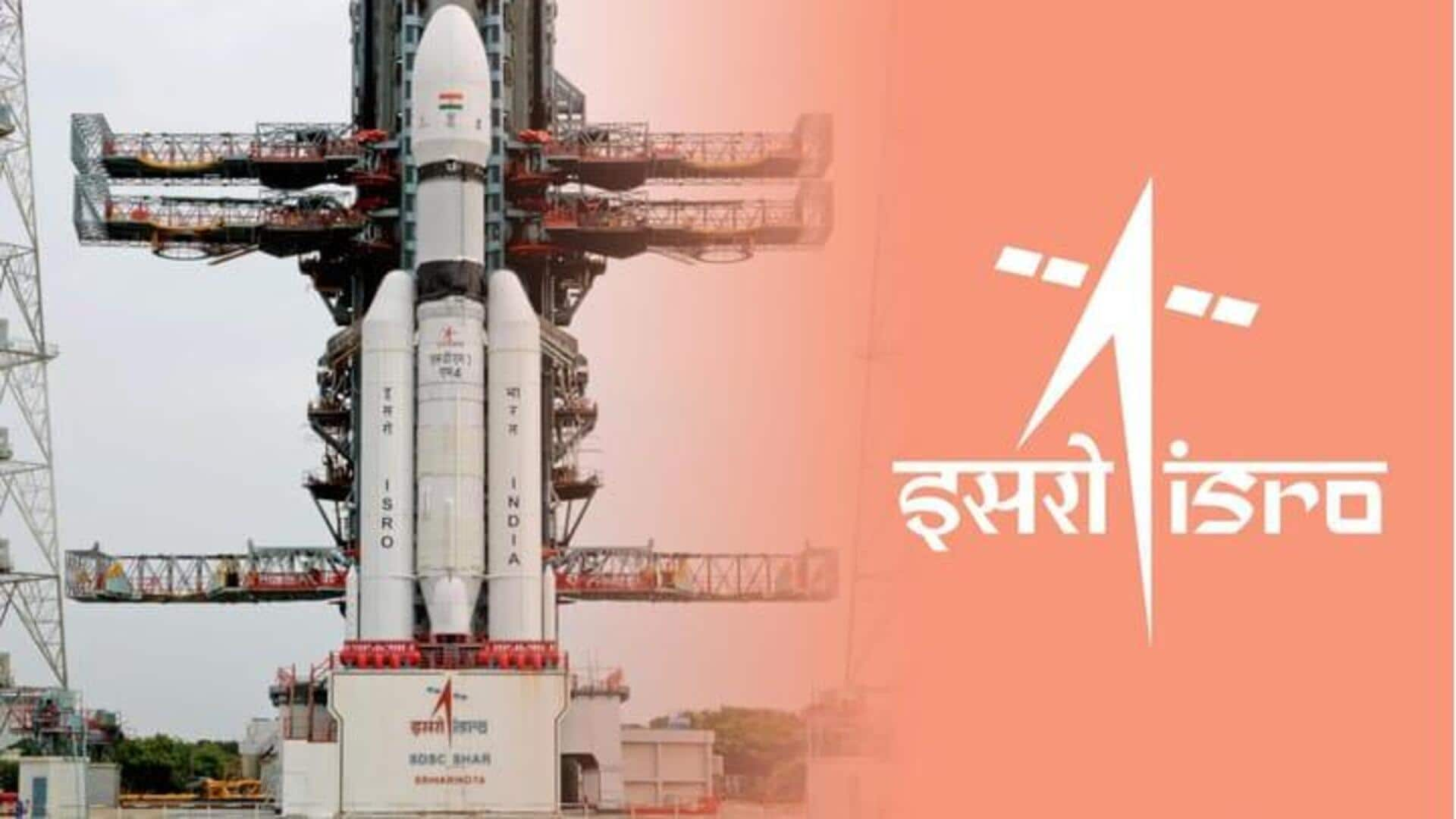
Russia's Luna-25 may lag behind India's Chandrayaan-3: Here's why
What's the story
India's Chandrayaan-3 mission is on track for a successful lunar landing after completing its second and final deboosting operation, per ISRO. Launched on July 14, Chandrayaan-3 entered lunar orbit on August 5. It'll make a soft landing on Moon's surface on August 23. In contrast, Russia's Luna-25 mission launched on August 10, has encountered a last-minute technical glitch ahead of its pre-moon landing phase.
What Next?
The latest maneuver reduces the module's orbit to 25kmx134km
Chandrayaan-3's Vikram Lander completed its first deboosting operation, reducing the module's orbit to 113kmx157km. The latest maneuver brought it to 25kmx134km. The Lander Module, carrying the rover inside, separated from the Propulsion Module on August 17, and has now descended to a slightly lower orbit upon deboosting. The mission's next step is the powered descent toward the Moon's south pole, scheduled for August 23.
Twitter Post
Take a look at the official confirmation from ISRO
Chandrayaan-3 Mission:
— ISRO (@isro) August 19, 2023
The second and final deboosting operation has successfully reduced the LM orbit to 25 km x 134 km.
The module would undergo internal checks and await the sun-rise at the designated landing site.
The powered descent is expected to commence on August… pic.twitter.com/7ygrlW8GQ5
Details
Russia's Luna-25 has encountered an unexpected hurdle
According to the Russian space agency, Roscosmos, the Luna-25 mission encountered last-minute issues prior to its pre-moon landing phase. An "abnormal situation" on its Moon-bound Luna-25 spacecraft was reported on Saturday. Roscosmos is currently analyzing the situation but has not yet released an official statement. The spacecraft is scheduled to land on the Moon's south pole on August 21—two days before Chandrayaan-3's landing.
Details
These were the findings of Luna-25
Reporting a technical glitch on Saturday, Roscosmos stated that "during the operation, an emergency situation occurred on board the automatic station, which did not allow the carrying out of the maneuver within the specified conditions." Further, the space agency's preliminary data contained details about the lunar soil's chemical elements, and also reported that its equipment had detected a "micrometeorite impact."
Insights
What are the future implications for Moon exploration?
The lunar south pole has long captivated scientists who believe that the permanently shadowed polar craters could contain water. Frozen water in the rocks could potentially be used by future explorers to create air and rocket fuel. As Chandrayaan-3 proceeds without technical issues, both India and Russia are racing to explore this fascinating region of Earth's satellite.